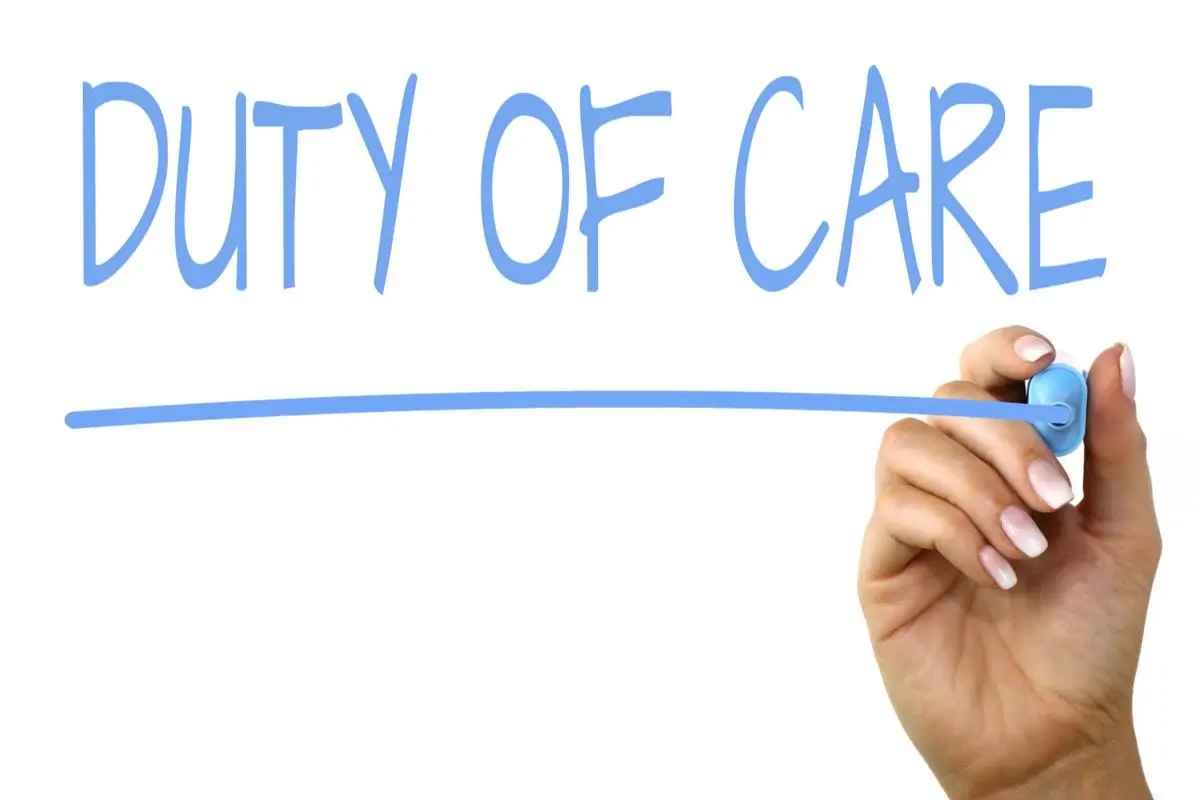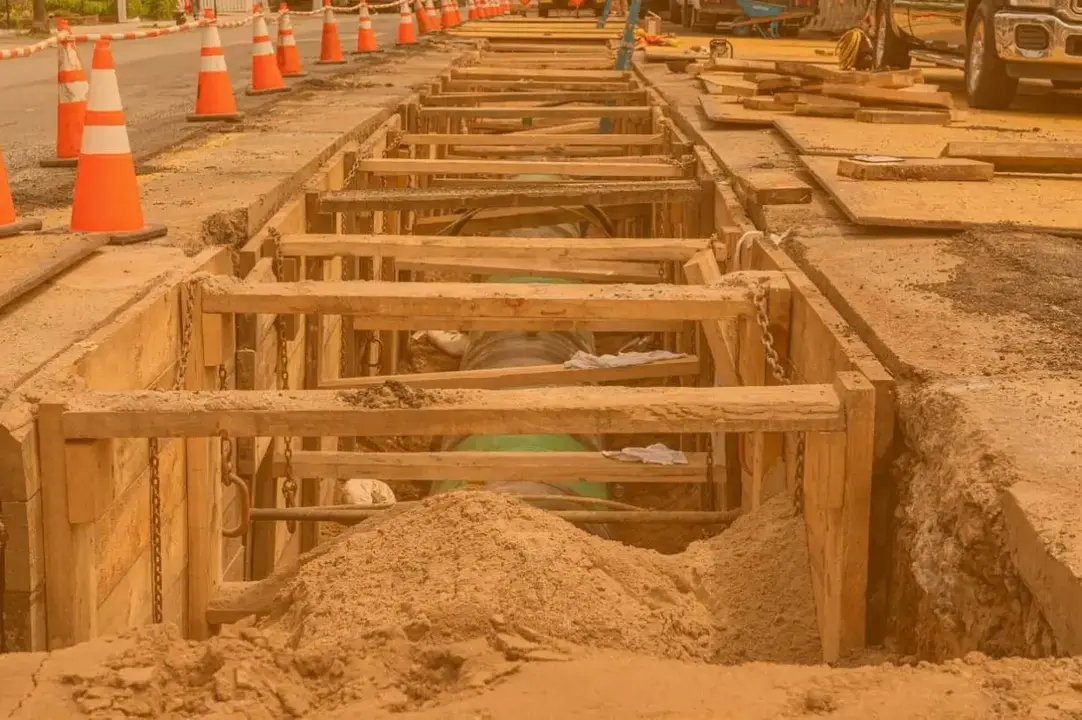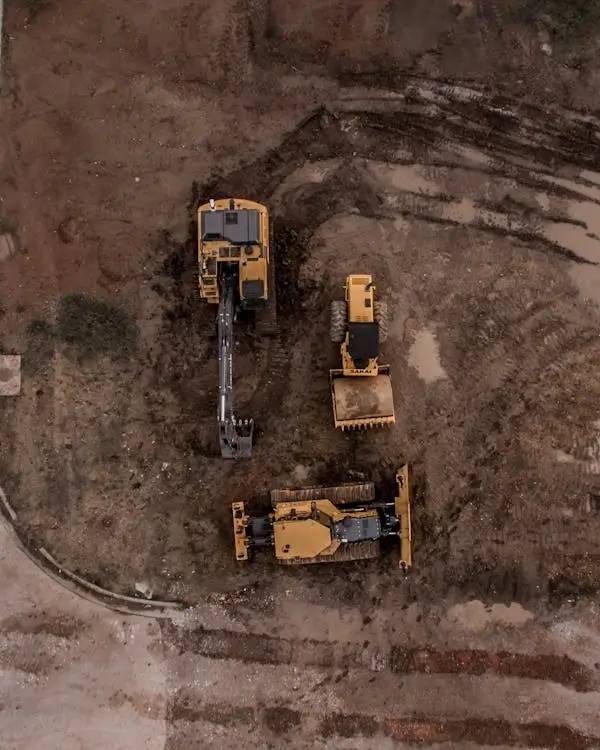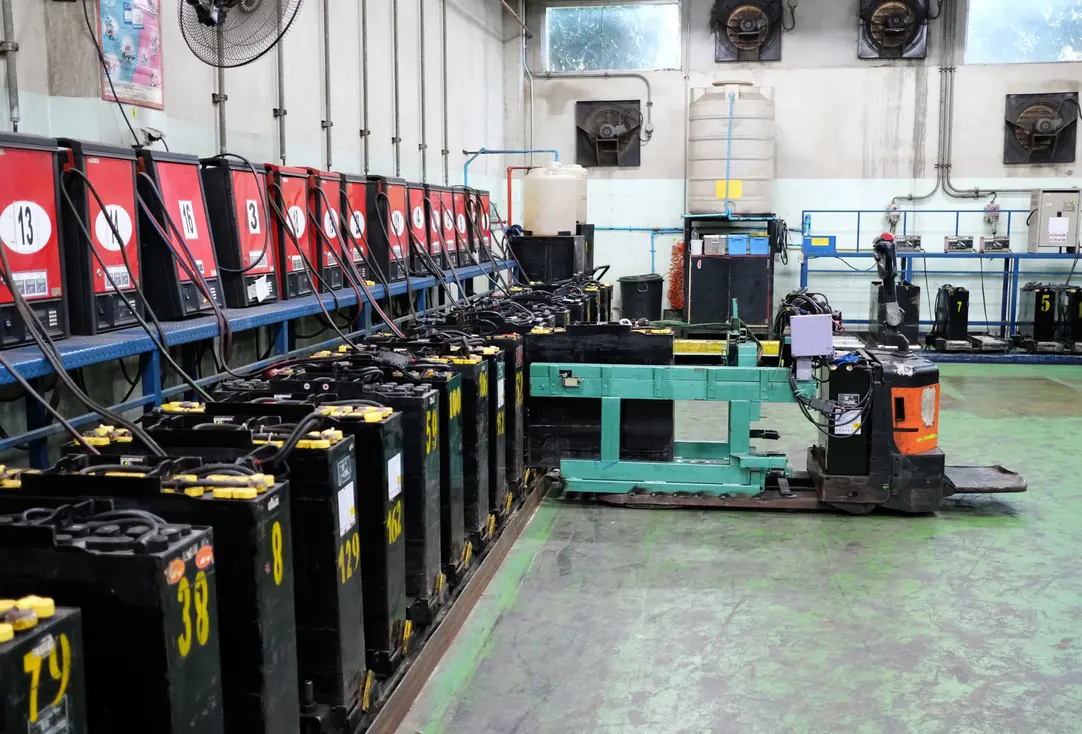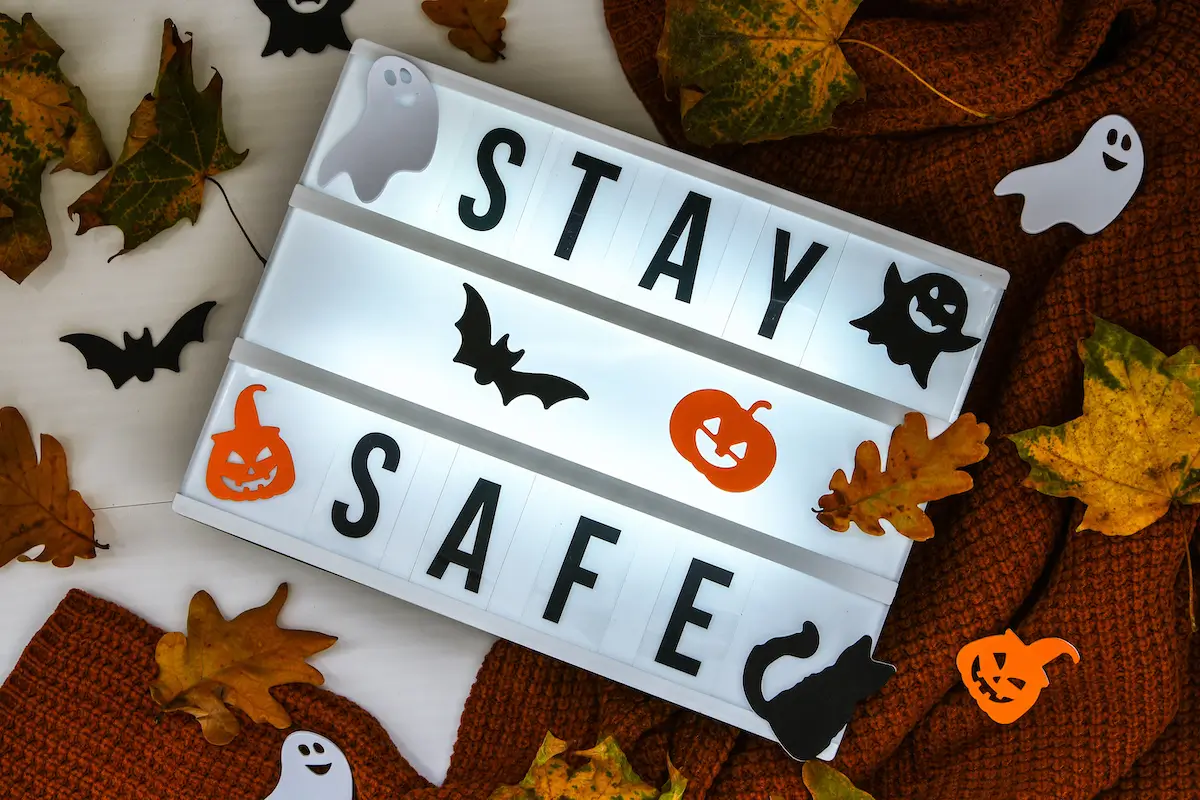4 Elements of the General Duty Clause of the OSHA Act
The General Duty Clause, Section 5(a)(1) of the Occupational Safety and Health (OSH) Act, is OSHA’s backstop: it lets the agency require employers to protect workers from serious hazards that no specific OSHA standard covers. To lawfully prove a violation under the General Duty Clause, OSHA (and the Secretary of Labor) must establish four discrete … Read more

